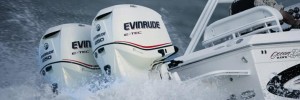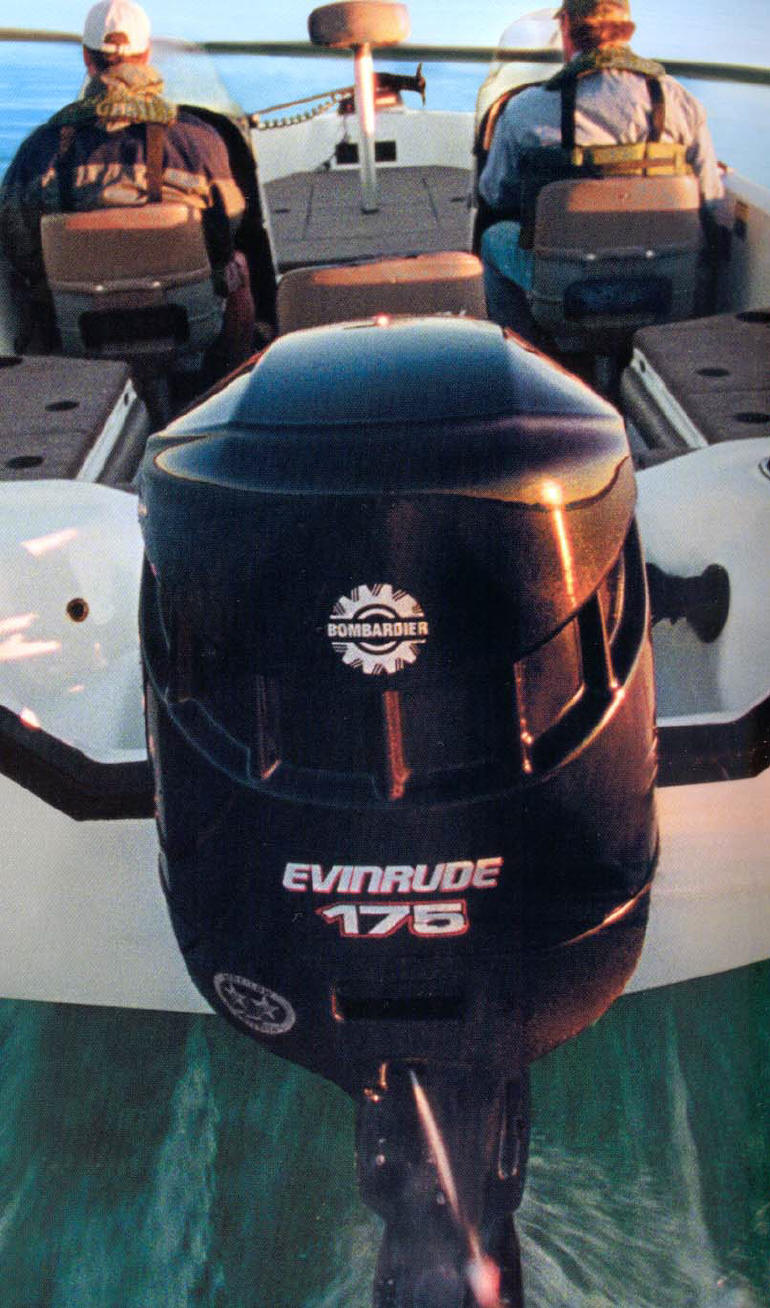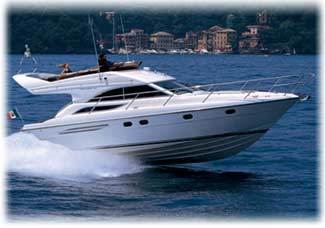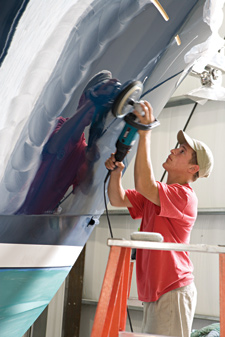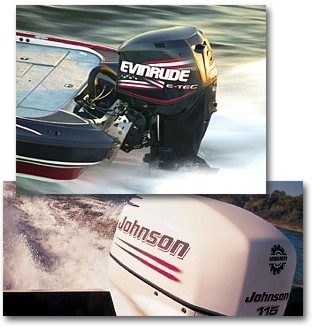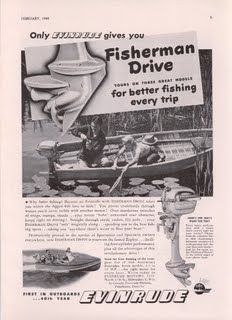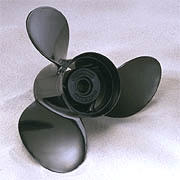 In order to keep your marine motor running smoothly and efficiently, it’s essential to perform a full-scale tune up at least once a year. This guide to annual tune ups is not intended to be an absolute authority on how to do your maintenance work but rather as a series of suggestions. As previously discussed, each individual outboard comes with a specialized maintenance schedule courtesy of the manufacturer. Adhere to that schedule first and foremost.
In order to keep your marine motor running smoothly and efficiently, it’s essential to perform a full-scale tune up at least once a year. This guide to annual tune ups is not intended to be an absolute authority on how to do your maintenance work but rather as a series of suggestions. As previously discussed, each individual outboard comes with a specialized maintenance schedule courtesy of the manufacturer. Adhere to that schedule first and foremost.
Just as you would with your daily or weekly maintenance routine, begin this one with a visual inspection – and not just a simple once-over, either. By scoping out potential motor issues and stumbling blocks ahead of time, you ensure that repairs can be made in a timely manner. Turn the motor off before commencing the inspection. Then remove the cowling so that the power head is visible.
Scanning from the propeller upward, check the motor’s vicinity for signs of leakage. If your boat has been in storage for any significant period of time, it’s possible that a leak exists without any visual clues; for example, the leaking fluids may have drained out of the motor and evaporated over that extended time. Remember that a bit of oil around the propeller and on the side of the gear housing is normal. Anything more than that – e.g. a large, dark slick of Evinrude oil running down the propeller, it could be time to consult a professional mechanic.
We’ll continue our visual inspection and begin to get our hands dirty in the next installment.
Did you like this? Share it:
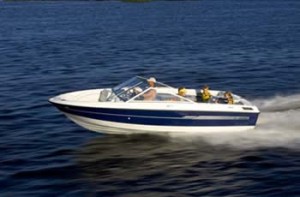


 In order to keep your marine motor running smoothly and efficiently, it’s essential to perform a full-scale tune up at least once a year. This guide to annual tune ups is not intended to be an absolute authority on how to do your maintenance work but rather as a series of suggestions. As previously discussed, each individual outboard comes with a specialized maintenance schedule courtesy of the manufacturer. Adhere to that schedule first and foremost.
In order to keep your marine motor running smoothly and efficiently, it’s essential to perform a full-scale tune up at least once a year. This guide to annual tune ups is not intended to be an absolute authority on how to do your maintenance work but rather as a series of suggestions. As previously discussed, each individual outboard comes with a specialized maintenance schedule courtesy of the manufacturer. Adhere to that schedule first and foremost.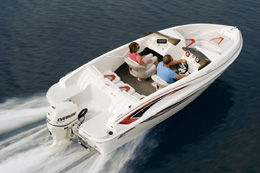 If you’re anything like me, your outboard-powered boat is your true pride and joy; it’s your portal to a quiet, early morning fishing session or to an adventure in uncharted waters. Since I don’t have much spare cash to spend on costly repairs and replacement parts, I make sure to put in the routine maintenance work when it really matters. If you take a few minutes to perform some checks before leaving the dock, you’ll thank yourself later.
If you’re anything like me, your outboard-powered boat is your true pride and joy; it’s your portal to a quiet, early morning fishing session or to an adventure in uncharted waters. Since I don’t have much spare cash to spend on costly repairs and replacement parts, I make sure to put in the routine maintenance work when it really matters. If you take a few minutes to perform some checks before leaving the dock, you’ll thank yourself later.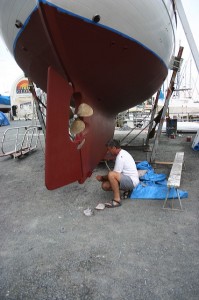 If you’ve ever taken a look at a tall ship or even a cruise liner, you may have noticed an element that most of those enormous boats have in common. Along the bow, the stern and the underside of the boat you’ll find barnacles and other saltwater mainstays. A shipwrecked vessel will attract even more barnacles than an active one. Needless to say, these crusty objects clinging to the underside of the craft do much to slow things down.
If you’ve ever taken a look at a tall ship or even a cruise liner, you may have noticed an element that most of those enormous boats have in common. Along the bow, the stern and the underside of the boat you’ll find barnacles and other saltwater mainstays. A shipwrecked vessel will attract even more barnacles than an active one. Needless to say, these crusty objects clinging to the underside of the craft do much to slow things down.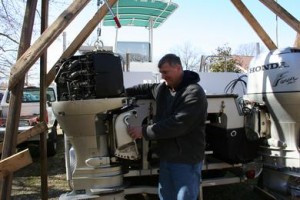 By now you’re probably familiar with the big three names in outboard motors: Evinrude, Yamaha and Mercury. In recent years, the Environmental Protection Agency has tightened its restrictions on engine efficiency and marine pollution. This just makes sense as the American public becomes more sensitive to ecological issues and biofuels are made a viable alternative to fossil fuels in automobiles.
By now you’re probably familiar with the big three names in outboard motors: Evinrude, Yamaha and Mercury. In recent years, the Environmental Protection Agency has tightened its restrictions on engine efficiency and marine pollution. This just makes sense as the American public becomes more sensitive to ecological issues and biofuels are made a viable alternative to fossil fuels in automobiles.